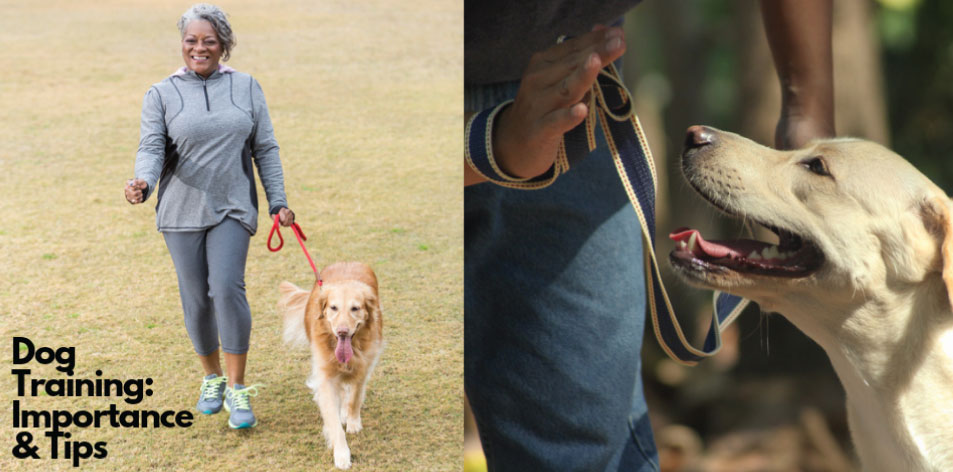
Dog Training – by Dr. Desmond
Dog Training: Importance & Tips
Learning how to train a dog may seem like a job for experts, but with a few tips and consistent practice, you and your canine can master basic dog training.
Whether you are house training, crate training, potty training, or clicker training, teaching your new dog how to behave may seem like a daunting task. With the right mind-set and consistent sessions, you’ll feel like a confident dog trainer and build up a great relationship with your dog.
Why Is Dog Training Important?
Dog training is essential for a wide variety of reasons:
1. The most obvious reason to train your dog is that you can encourage good behaviour—and discourage undesirable behaviour. Training your dog means teaching them how to sit, stay, and heel, as well as how to resist chewing up your shoes, and how to wait to urinate until they’re outside. Training can help puppy owners and dog owners alike enjoy their pet’s company.
2. Just like humans, dogs can get bored—and when they get bored, they can act out. Training your dog, whether you’re teaching them essential commands like how to sit and stay, or fun new tricks like how to play dead, can be a fun mental exercise that feels like playtime for your dog.
3. When your dog successfully learns a new command, it builds the trust and affection they feel toward you, transforming your dog from the family pet to a loyal and reliable companion. Working on commands with your dog is the key to developing a strong and lasting relationship with them.
3 Dog Training Tips
Whether you just brought a new puppy or adopted an adult dog, here are some tips and training techniques to kickstart your sessions:
1. Perform all training on leash. The cornerstone of all training is control. A controlled animal is focused, calm and attentive-ready to listen and respond to instruction. Since using a leash gives you 90 percent more control over your dog, you should do all training on a leash-not so that you can yank it hard when your dog doesn’t listen, but so that you can stay in control and calmly maintain your dog’s attention.
2. Keep it consistent and upbeat. Training is all about developing a relationship with you. They listen to commands because they want to please you. By doing training sessions regularly and with an upbeat attitude, you will build trust and affection between you and your dog. Always make sure to end each session on a good note with your dog successfully performing the technique to continue the positive reinforcement.
3. Be prepared for ups, and downs. The best preparation a dog owner can do when beginning dog training is mental: know that there will be ups and downs in the training cycle. Some days, it’ll seem like your dog can do no wrong; the two of you will be perfectly in sync and your pup will be flying through the commands. Other days, you’ll have to try again and again to get him or her to cooperate. Rest assured that a bad training session does not mean you’ve failed or that your dog has no hope of learning the command. Training is a marathon, not a sprint.
Dr. Desmond Tutu – B.V.M. – Veterinarian
If there is anything you would like to know, leave a comment and Dr. Desmond will get back to you!


